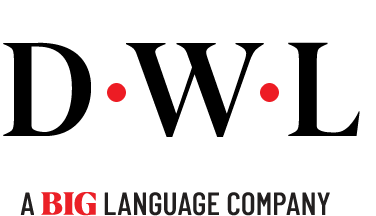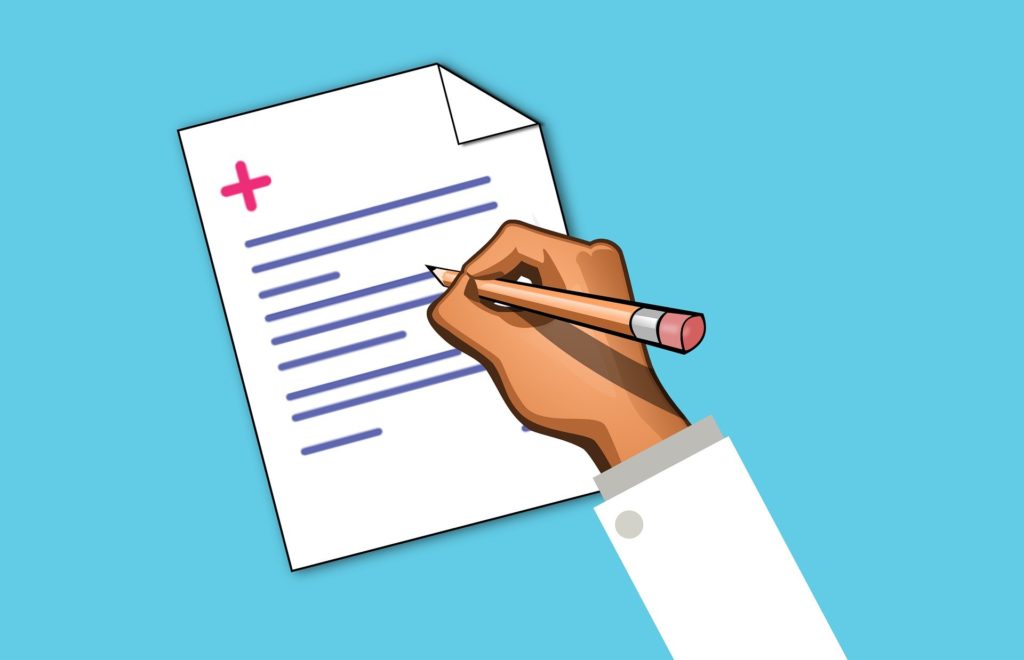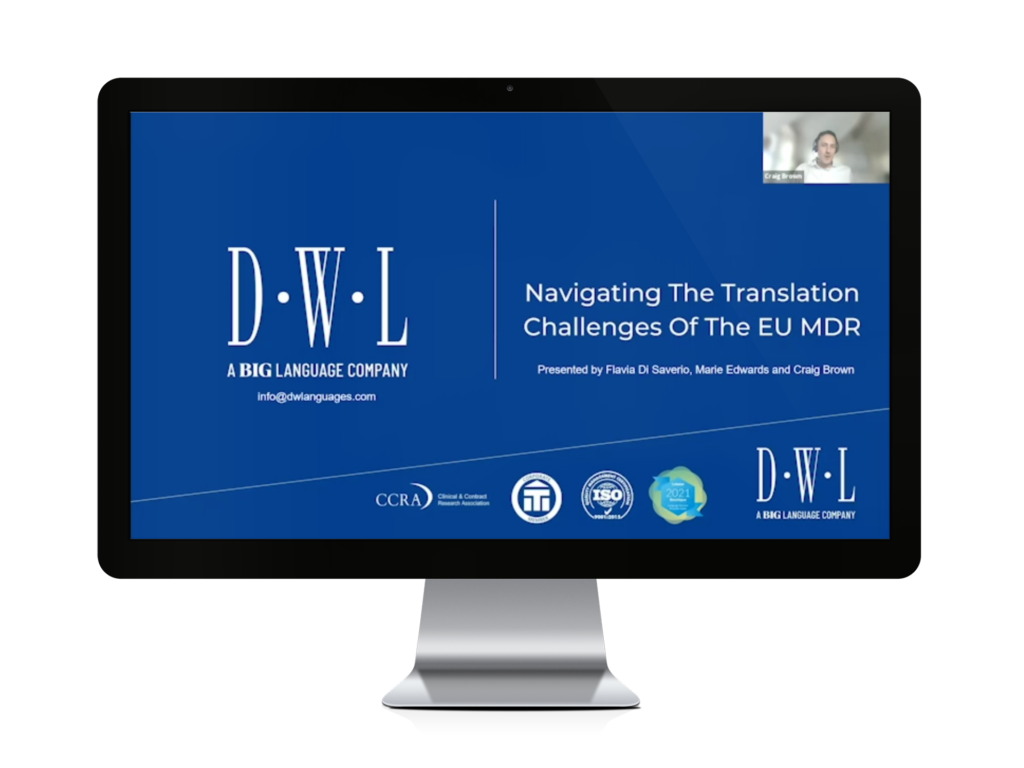Who translates your medical documents? Recently we took you behind the scenes for a look at DWL’s project management team. In the article we provided an insight into what it takes to become a project manager who can efficiently handle the diverse range of projects we handle for our customers in the Life Sciences.
Now we focus on the people behind our global supply chain: the highly skilled freelance translators who carry out the translation work itself. We will answer some questions about what makes a translator and give an indication of the skills and technology they use to transform the written word from one language to another.
The article will specifically look at specialist medical translators, since they make up the majority of the translators in DWL’s global network of suppliers.
What does medical translator mean?
A medical translator is tasked with rendering medical documentation from one language (the source) into another (the target). Despite notable exceptions, the result should feel as though it were written in the target language.
Medical translators should show complete understanding of a source language and exceptional writing skills in their target (usually native) language.
A high degree of domain-specific expertise is also essential and usually gained through working in medical professions or through specialist translation degrees, Continuing Professional Development (CPD) and on-the-job learning.
A medical translator usually uses appropriate Computer Assisted Translation (CAT) tools or Machine Translation (MT) technology to aid consistency and help them to remain competitive. These technologies are an important aid to supplement the experience and skills of the human translator.
Don’t translators also translate the spoken word?
Sometimes. However, there is a difference between translation of the written word and interpreting, which is (oral) translation of the spoken word.
It’s common for linguists to offer both services, but they are very different disciplines.
“Someone in accounts speaks French. Can’t they just translate it?”
Translation is sometimes seen as an ad-hoc requirement for companies working in international environment, and on occasion we have seen internal staff handling translations as a cost/time saving exercise.
However, this may do more harm than good. It really does matter who translates your safety-critical documents.
The need for professional skills is never greater than in our industry where patient safety and commercial reputation are at stake. In this sense, giving translation work to someone who is not adequately trained in the nuances of both languages may turn out to be a false economy. Translation is a skill which may be developed over years of study, first-hand experience.
The most successful pharmaceutical companies and CROs, as well as national health authorities know that translation is a key factor in the success of written text to inform, persuade and protect our populations, and they leave it to the professionals.
Then there is the issue of turnaround times. We expect professional translators to work at a speed of around 2000 words per day or more, so asking internal staff members to translate written materials will see translations processed more slowly, and leave employees tied up.
As for saving money, minor errors in translations can at best result in misunderstandings that must be corrected later. At worst, they can trigger expensive re-submissions at a national level. Either way, mistranslations are expensive and potentially damaging.
From what backgrounds do medical translators come?
Medical translators come from diverse backgrounds but are united in a passion for language and science.
Many of our most talented translators have worked as medical professionals first before working as translators, be it for lifestyle reasons, or to fit in around contract work. This real-world experience is invaluable for translating specific document types and providing language consultancy to the agencies and end-clients whom they serve.
Translators who have practised medicine will be proficient in translating highly medical discharge summaries, medical papers and patient reports required for pharmacovigilance activities. Translators who have medical experience as well as commercial and marketing knowledge may find a niche in medical communications and promotional activities.
Translations for Marketing Authorisation Applications are where medical knowledge, linguistic skills and awareness of terminology and layout conventions combine under highly-pressured timelines. Many translators who work on these types of projects often have a postgraduate level education in scientific or medical disciplines, experience working in public health, or regulatory knowledge gained from working within the pharmaceutical industry itself.
We also work with teachers, nurses and even translation project managers who have acquired specialisation through participation in Quality Control processes over a number of years.
These are some typical examples, though there are also medical translators on our database who fly emergency helicopters for a living and even some founding members of the Institute of Translation and Interpreting, of which DWL is a corporate member.
How do you recruit and evaluate translators to work on my projects?
We actively recruit translators from many different sources. This is to ensure reliable support during busy periods, especially around regulatory submissions with tight deadlines.
Translators are generally proactive in their search for freelance work, and as a result DWL receives hundreds of applications per month from hopeful freelancers and agencies.
Our Medical Director, Dr Iain Matheson, assesses these applications and searches online for candidates who appear to match the requirements of our business. Those who claim the right qualifications, accreditations and professional experience are given a translation test to assess their ability.
If the translation test result is of a sufficiently high quality, then the translator is subject to evaluation by experienced DWL-approved translators over a minimum of three live translation projects.
Should the translator meet our high standards, then they may be approved for regular work on appropriate translation projects and assist us in evaluating future freelance linguists.
Who checks their translation?
As important as ‘who translates’ the text, is ‘who checks it’?
Standard practise is that after translation comes revision by a second DWL-approved translator followed by QC performed by a DWL project manager or approved vendor.

This ‘four eyes check’ validates and complements the work of the translator and ensures that the brief is adhered to at every stage in the process.
Questions about translators?
Should you have any questions about who translates your medical documentation, you can reach us via our contact page, or at [email protected].







